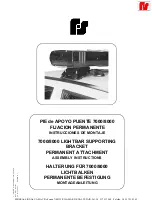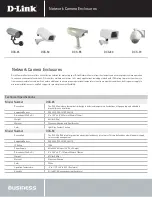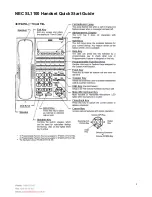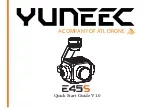
12
lamp strap under the flexible clips on the outer shell and position
the lamp at the front of the helmet.
Illustration 4
– Check: When the chin strap is fastened and the
headband is flat to your head, ensure that the helmet is sitting
level horizontally and that it cannot slip forwards or backwards.
Illustration 5
- Magnetic buckle: To close: Bring both buckle
ends together so that they slot into one another. The magnetic
buckle closes with a loud click. To open: Remove the buckle
end at the bottom from the one above by pulling slightly.
Plug buckle: To close: Push both buckle ends one into another
so that they slot together. The plug buckle closes with a loud
click. To open: Press the buckle laterally.
C
SAFETY INSTRUCTIONS:
Class A and Class B helmets are
intended for alpine skiers, snowboarders and groups of a similar
nature. Class A helmets offer comparably more safety. Class B
helmets grant more ventilation and allow you to hear better. They
cover a smaller portion of your head and offer less protection
against penetration,
Always check the condition of your helmet first before using it.
Check all straps, attachment parts and make sure that the ad-
justment elements on the headband function properly.
Make sure that the helmet shape is not deformed and that it
does not have any other visible damage.
WARNING: Please note that your helmet has been designed to
absorb the maximum amount of force during impact. This is
effected by the helmet deforming, which can cause it to incur
damage or be rendered unfit for use. However, this is not always
visible to the naked eye.
For this reason, the helmet must be replaced immediately fol-
lowing any significant impact in cases such as a climber fall or
as a result of rock or ice fall, even if the damage is not visible.
Extreme temperatures (below -20°C/-4°F and above
+35°C/95°F), cleaning materials, hydrocarbons and paint, sol-
vents, adhesives/glues or stickers can all alter the physical char-
acteristics of the helmet, and therefore may only be used with
instructions or permission provided by the manufacturer.
If there is the least doubt about the safety of the product, it is to
be replaced immediately.
D
LIFESPAN:
The helmet’s lifespan is very dependent on the
following factors: regularity of use, type of use, external influ-
ences, correct maintenance and cleaning method.
DYNAFIT explicitly recommends replacing any safety equipment
(PSA/PPE equipment) after a maximum of 10 years from the
date of production, regardless of whether the product has been
used regularly or not. Extreme and very demanding usage can
even lead to a lifespan of less than one year.
If the helmet suffers any extreme shock loads such as those
that arise following a climber falling, or in cases of rock and ice
Manual_DNA_helmet.indd 12
14.02.17 11:38













































